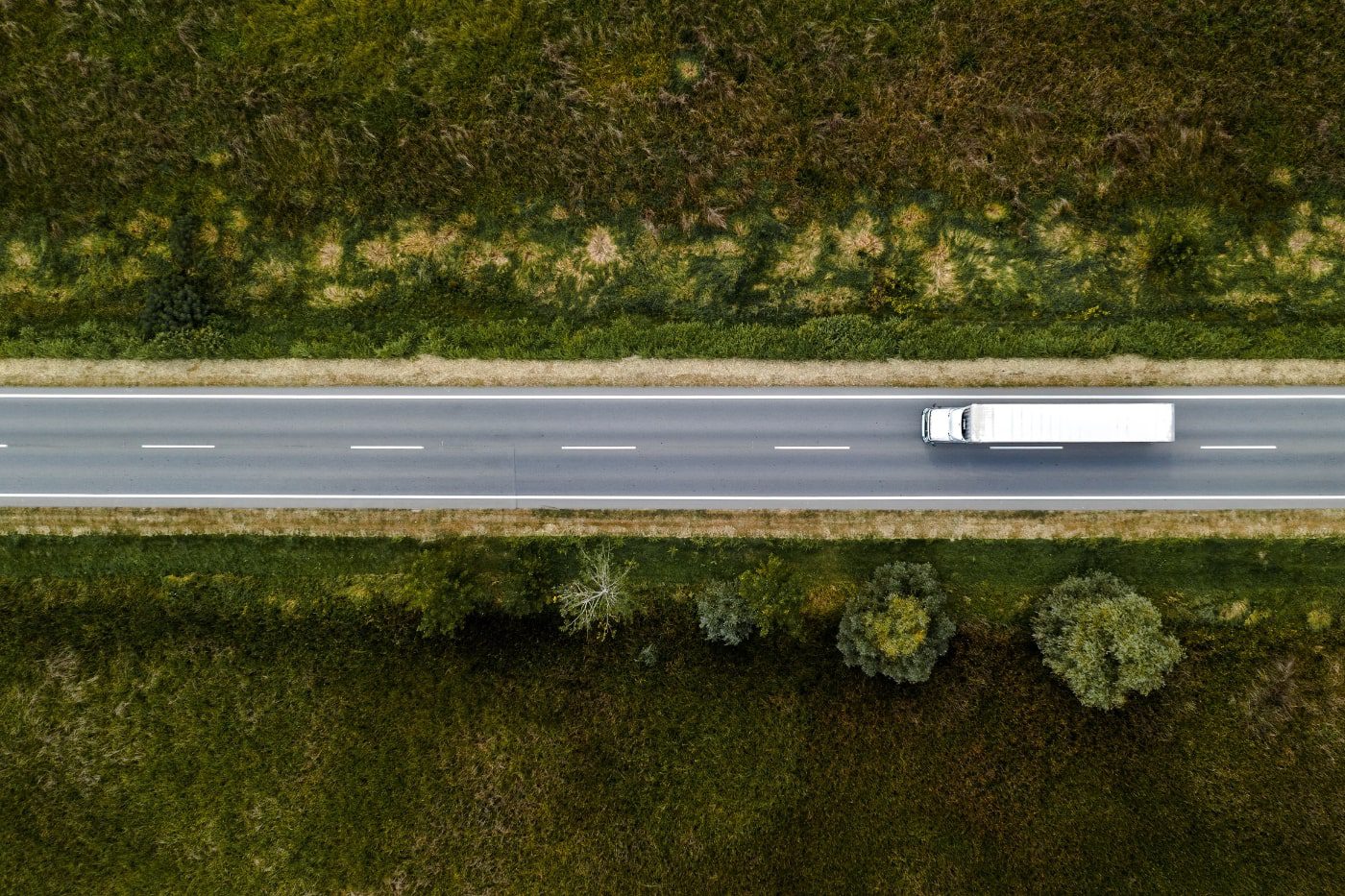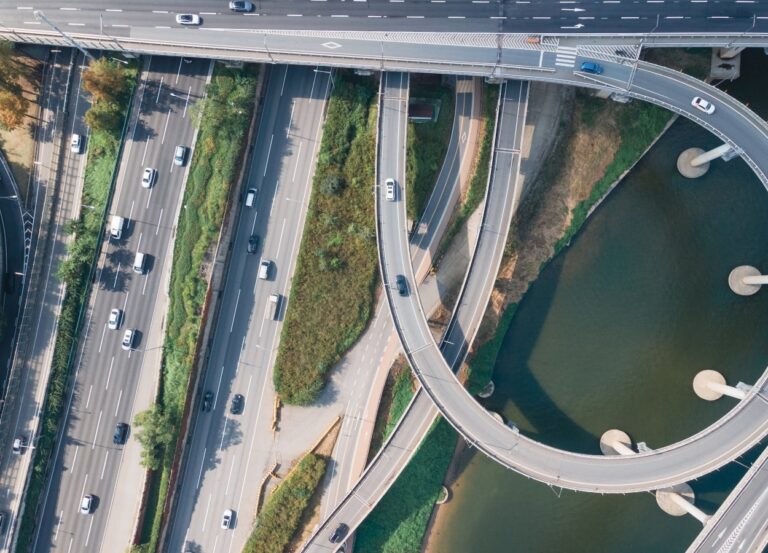Did you know that the average eCommerce return rate hovers around 20-30%? That’s a significant number, and managing those returns efficiently is more critical than ever. But it’s not just about speed and cost-effectiveness anymore; sustainability is taking center stage. Consumers and corporations alike are becoming increasingly conscious of their environmental footprint, and reverse logistics cannot be overlooked when building a greener supply chain.
Sustainability is no longer a “nice-to-have” for businesses; it’s becoming the standard. In the following sections, we’ll outline the specific sustainable practices that can transform your reverse logistics operations and help you build a green supply chain.
What is Reverse Logistics?
Reverse logistics is the process of moving goods from their typical final destination back up the supply chain.
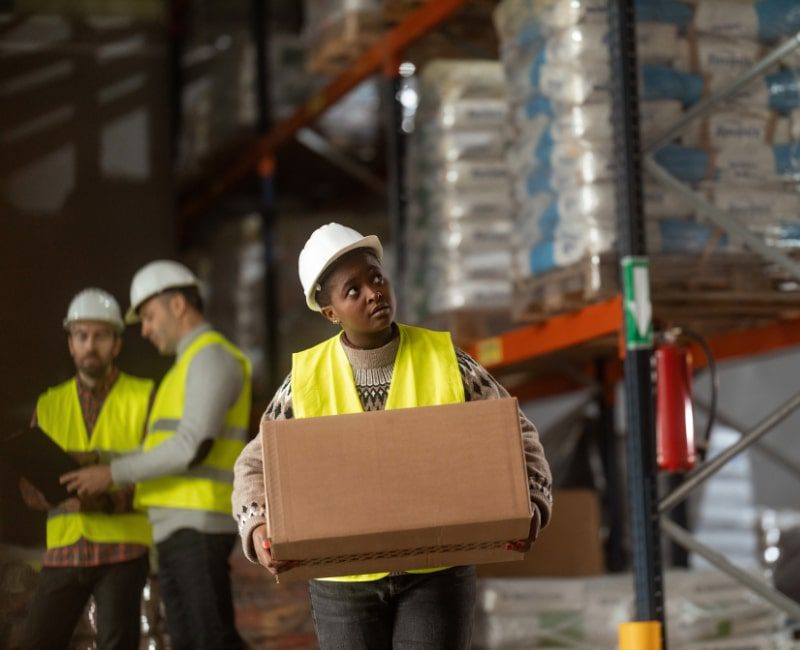
This can involve a variety of scenarios, including:
- Customer Returns: Products that are returned by customers due to damage, defects, or simply a change of mind.
- Repairs & Refurbishment: Customers sending damaged or faulty products back for repair or refurbishment to extend their lifespan.
- End-of-Life Management: Managing the disposal or recycling of products that have reached the end of their useful life.
- Unsold Inventory: Handling the return and potential redistribution of unsold goods.
Why Reverse Logistics is Key to a Greener Supply Chain
Reverse logistics plays a crucial role in minimizing waste and maximizing resource utilization. By efficiently managing returns, repairs, and recycling, businesses can:
- Reduce Waste: Instead of discarding returned products, reverse logistics enables the recovery of valuable materials through recycling or refurbishment.
- Conserve Resources: By reusing components and materials, reverse logistics reduces the need to extract new resources, minimizing environmental impact.
- Decrease Pollution: Optimized transportation and reduced waste in reverse logistics processes contribute to a smaller carbon footprint.
Sustainable Practices in Reverse Logistics
Now that we’ve established the importance of reverse logistics in a sustainable supply chain, let’s explore the specific practices that can make a real difference. By implementing these strategies, companies can minimize their environmental impact while also improving efficiency and even unlocking new revenue streams.
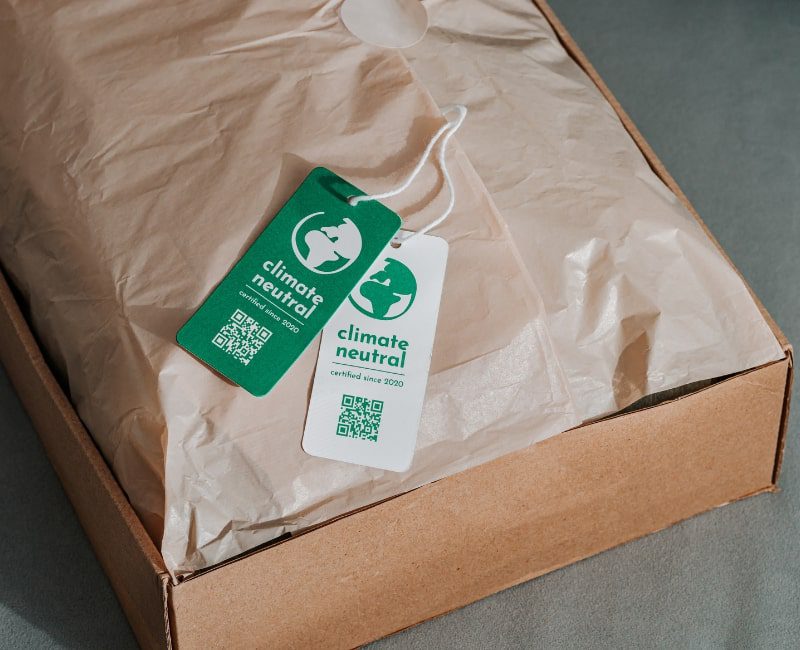
Optimize Transportation
Transportation is a major contributor to carbon emissions. However, there are several ways to optimize transportation for a greener approach in reverse logistics:
Route Optimization: Utilize route planning software to minimize mileage and fuel consumption. This includes factors like traffic patterns, delivery windows, and vehicle capacity to create the most efficient routes possible.
Shipment Consolidation: Combine multiple shipments headed in the same direction to reduce the number of trips required. This not only saves fuel but also minimizes the overall environmental impact of transportation.
Alternative Transportation: Consider using more sustainable transportation options. Some alternatives can significantly reduce your carbon footprint.
Embrace a Circular Economy
A circular economy emphasizes keeping resources in use for as long as possible, extracting maximum value from them before they are eventually disposed of. Here’s how you can use reverse logistics to enable this model:
Prioritize Repair: Whenever possible, prioritize repairing and refurbishing returned products instead of simply discarding them. This extends their lifespan and reduces the need for new production.
Partner with Recycling Facilities: Collaborate with specialized facilities to recycle materials and components from returned products. This ensures responsible disposal and enables the recovery of resources.
Implement Closed-Loop Systems: Strive to create closed-loop systems where materials and products are continuously cycled back into the supply chain, minimizing waste and resource consumption.
Reduce Packaging Waste
Packaging waste is a significant environmental concern. In reverse logistics, minimizing packaging waste is essential. Here are some ways your business can reduce waste from packaging:
Eco-Friendly Materials: Choose packaging materials that are recyclable, biodegradable, or made from recycled materials.
Reusable Packaging: Explore options for reusable packaging that can be returned and used for future shipments, reducing the need for disposable materials.
Reduces Size: Optimize packaging size to minimize waste and the resources required for transportation. Right-sized packaging also reduces the chances of product damage during transit.
Leverage Technology
Technology plays a vital role in optimizing reverse logistics and making it more sustainable. Here’s how to get the most out of your reverse logistics processes with technology:
Data Analytics: Analyze returns data to identify trends, pinpoint areas for improvement, and optimize processes for greater efficiency and reduced waste.
Track-and-Trace Systems: Utilize technology to track products throughout the reverse logistics process. This improves visibility, reduces losses, and enables better decision-making.
AI & Machine Learning: Explore how artificial intelligence and machine learning can be used to automate tasks, optimize routes, and predict demand. This can lead to greater efficiency and sustainability in reverse logistics.
Benefits of Implementing Sustainable Reverse Logistics
Embracing sustainable practices in reverse logistics isn’t just about doing what’s good for the planet; it also unlocks a wide range of benefits for businesses. From reducing your environmental footprint to boosting your bottom line, sustainable reverse logistics is a win-win situation.
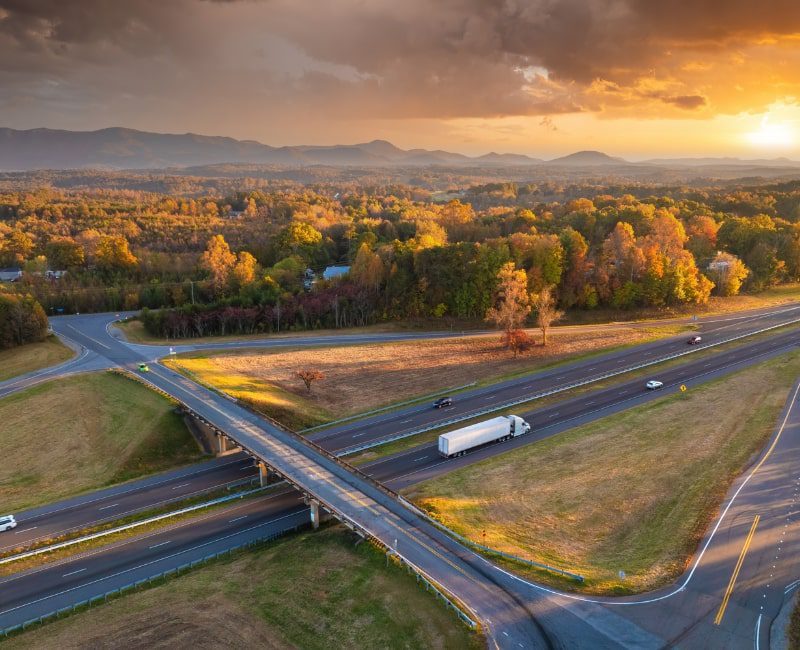
Environmental Benefits
The positive impact on the environment is the most apparent benefit of sustainable reverse logistics. By optimizing processes and minimizing waste, businesses can:
Reduce Carbon Footprint: Optimized transportation, reduced waste, and efficient resource utilization all contribute to a smaller carbon footprint, helping to mitigate the effects of climate change.
Minimize Pollution: Sustainable reverse logistics practices prioritize reuse, repair, and recycling, diverting waste from landfills and reducing pollution associated with manufacturing new products.
Conserve Resources: By maximizing the lifespan of products and materials, sustainable reverse logistics reduces the need to extract natural resources.
Economic Benefits
Sustainable reverse logistics can lead to significant cost savings and new revenue opportunities. Here’s how:
Efficiency & Waste Reduction: Optimizing transportation, minimizing packaging, and streamlining processes can lead to significant cost savings in reverse logistics operations.
Brand Reputation & Customer Loyalty: Consumers are increasingly drawn to brands that prioritize sustainability. By implementing sustainable reverse logistics practices, businesses can enhance their brand reputation and attract environmentally conscious customers.
New Revenue Streams: Remanufacturing and reselling returned products can create new revenue streams, turning what was once considered waste into a valuable asset.
How to Implement Sustainable Practices in Reverse Logistics
Ready to green your reverse logistics operations? Transitioning to a more sustainable approach requires thorough planning and execution. Here’s a roadmap to guide your implementation journey:

Internal Assessment
Before making any changes, it’s important to understand your current situation and identify areas for improvement.
Analyze Processes: Map out your existing processes, identify bottlenecks, and pinpoint areas where waste occurs. This will help you prioritize areas for improvement and set realistic goals.
Waste Audit: Perform a thorough waste audit to understand the types and quantities of waste generated in your reverse logistics operations. This will provide valuable insights into where waste reduction efforts should be focused.
Set Objectives: Establish clear and measurable sustainability goals for your reverse logistics operations. These goals should be specific, measurable, achievable, relevant, and time-bound (SMART).
Invest in Technology
Technology plays an important role in optimizing reverse logistics for sustainability.
Implement TMS: Utilize transportation management system software to optimize routes, schedule shipments, and reduce fuel consumption.
Utilize WMS: Implement warehouse management system solutions to improve inventory management, reduce waste, and optimize warehouse operations for greater efficiency.
Explore AI: Investigate how AI and machine learning can be applied to automate tasks, optimize processes, and improve decision-making in reverse logistics, leading to enhanced efficiency and sustainability.
Collaborate with Partners
Building a sustainable reverse logistics network requires collaboration with key partners.
Sustainable Suppliers: Choose suppliers who offer eco-friendly materials and packaging options and are committed to sustainable practices throughout their supply chains.
Partner with a 3PL: Consider partnering with a third-party logistics provider (3PL) who has expertise in reverse logistics. They can offer valuable insights, resources, and technologies to help you achieve your sustainability goals.
Recycling & Remanufacturing Facilities: Establish partnerships with recycling and remanufacturing facilities to create closed-loop systems for materials and products, ensuring responsible disposal and resource recovery.
Build a Greener Supply Chain with Reverse Logistics
By embracing sustainable practices in reverse logistics, businesses can not only minimize their environmental impact but also unlock significant economic benefits. From reducing waste and conserving resources to improving efficiency and boosting brand reputation, sustainable reverse logistics offers many benefits for businesses.
Companies can transform their reverse logistics operations by optimizing transportation, embracing a circular economy, reducing packaging waste, and leveraging technology. So, don’t wait for regulations to force your hand — take the initiative and implement sustainable reverse logistics practices in your business.
Hanzo Logistics is your partner in building a sustainable supply chain. Contact us today to discover how our comprehensive solutions can help you achieve your environmental and business goals.
